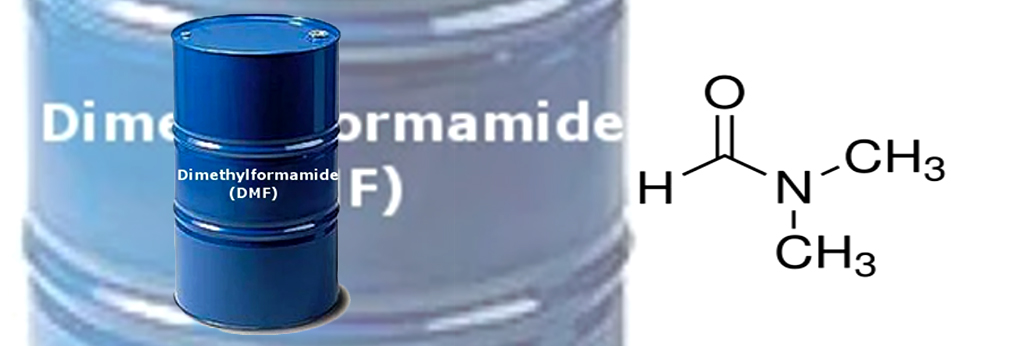
Dimethylformamide is an organic compound with the formula (CH3)2NC(O)H. This liquid can be mixed with water and most organic liquids.
It is a common solvent for chemical reactions. Dimethyl formaldehyde is odorless, while degraded samples often have a fishy odor due to dimethylamine impurities.
In the presence of strong bases such as sodium hydroxide and strong acids such as HCl and H2SO4, it is not stable and turns into formic acid and dimethylamine.
DMF was first synthesized in 1893 by the French chemist Albert Verley by distilling a mixture of dimethylamine hydrochloride and potassium formate.
DMF can also be produced from the combination of methyl formate and dimethylamine or from the reaction of dimethylamine with carbon monoxide. It is also possible to produce this substance from supercritical carbon dioxide using ruthenium-based catalysts.
Characteristics
| Melting point | -61 °C |
| Boiling point | 153 °C |
| Molar mass | 73 g/mol |
| Appearance | Clear liquid |
Application
- Basic monomer in the production of polyamide films
- Adhesive and insulation industries
- Catalyst in the process of converting carboxylic acids to acid chloride
- Solvent
- Pharmaceutical industry
Packing
This solvent is mainly supplied in 200 kg barrels.
Other Names
- N,N-Dimethylmethanamide
- DMF
- N,N-Dimethylformamide
Chemical Formula
(CH3)2NC(O)H
